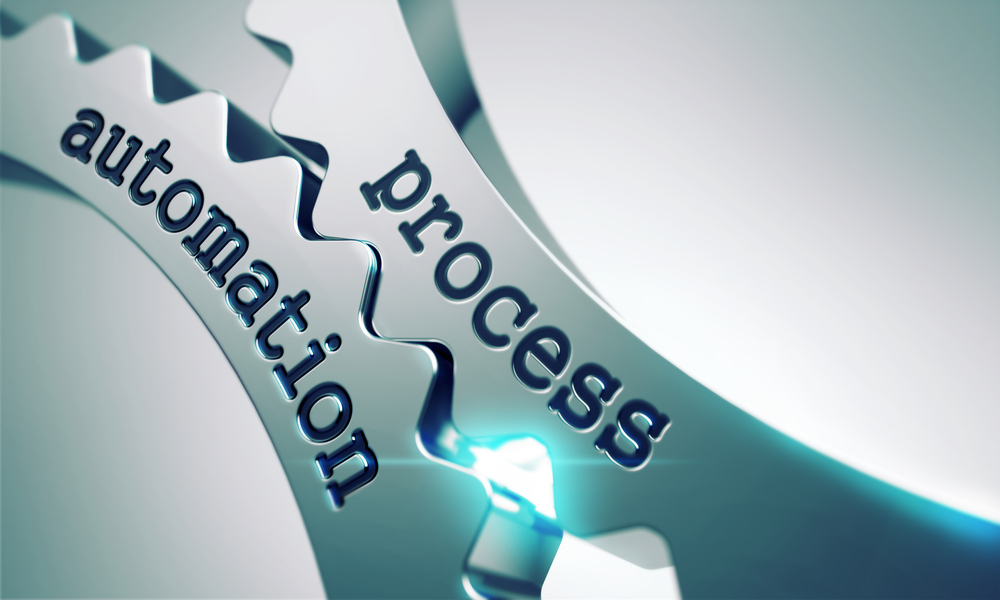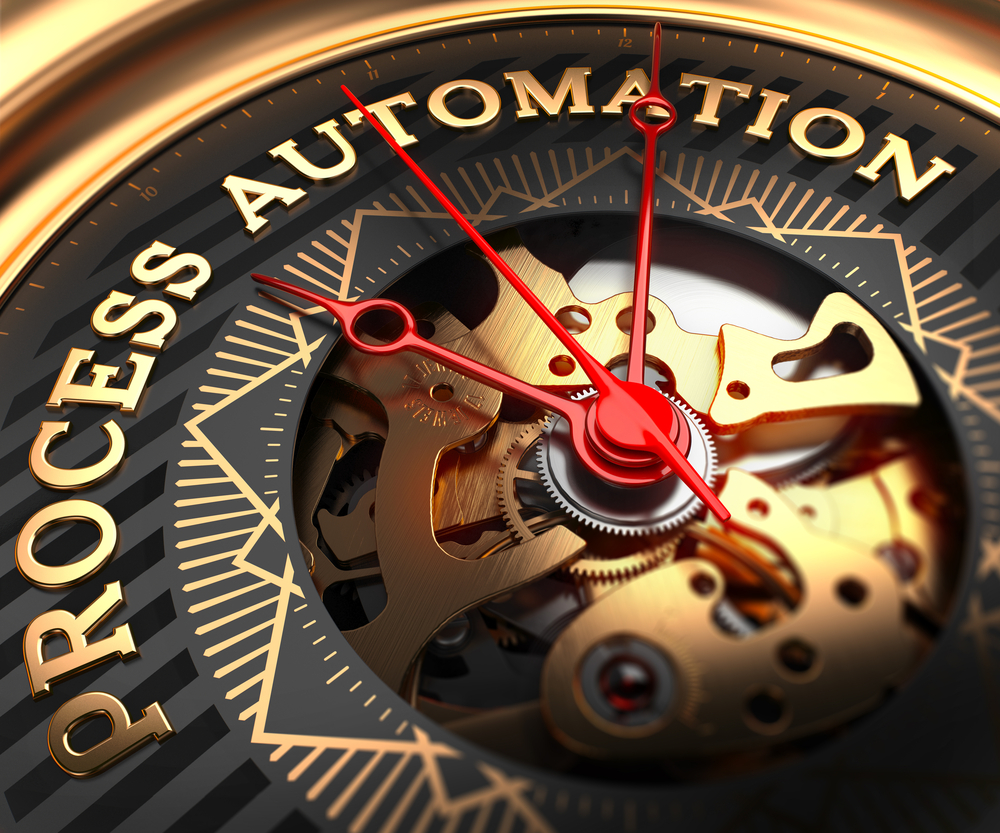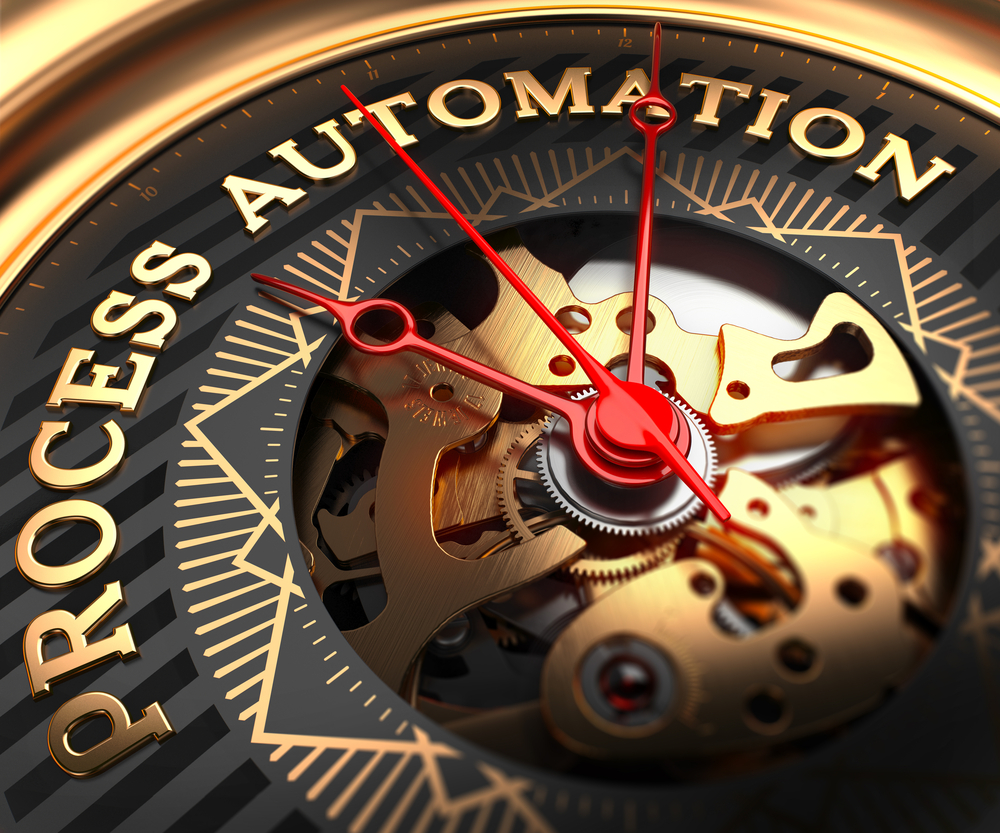How the Accounts Payable Automation Process Saves Time & Money
Table of contents
In today’s fast-paced business environment, managing the accounts payable (AP) process manually can be a costly bottleneck. Finance leaders like VPs of Finance, Controllers, and AP Managers often struggle with high volumes of invoices, persistent human errors, ballooning operational costs, and the constant pressure to maintain strict compliance. These challenges not only strain internal resources but also increase audit risks and hinder organizational efficiency.
Enter accounts payable automation—a transformative solution designed to streamline invoice processing, reduce errors, cut costs, and strengthen compliance. By leveraging technologies like document scanning, optical character recognition (OCR), and seamless ERP integrations, businesses can modernize their AP workflows and eliminate the inefficiencies that plague manual processes.
In this article, you’ll discover exactly how AP automation can solve your toughest financial operations challenges, boost accuracy, and drive significant savings. We’ll also tackle common concerns around security, implementation costs, and change management, helping you feel confident about taking the next step toward smarter finance operations.
Understanding the Accounts Payable Automation Process
The accounts payable automation process replaces time-consuming, manual invoice handling with a streamlined, technology-driven workflow. Instead of relying on paper-based approvals, hand-keyed data entry, and manual filing, automation uses smart tools to capture, validate, and route invoices with minimal human intervention.
A typical automated AP workflow includes:
-
Document Capture: Invoices, whether received digitally or on paper, are scanned and digitized using document scanning services. For a deeper dive, explore Accounts Payable Document Scanning.
-
Data Extraction: Optical Character Recognition (OCR) software extracts key invoice details like vendor names, amounts, and due dates with high accuracy.
-
Invoice Routing and Approval: Smart workflows automatically route invoices to the appropriate approvers based on customizable business rules.
-
ERP Integration: Approved invoices sync directly with the company’s Enterprise Resource Planning (ERP) system, ensuring seamless financial record-keeping.
-
Payment Processing: Once approved, payments are scheduled and executed through integrated payment solutions, reducing the risk of late fees or duplicate payments.
The core technologies driving AP automation—such as OCR, ERP connectors, and cloud-based document management—transform once-fragmented workflows into a unified, efficient process. Businesses can also take a broader view of AP transformation in the blog Streamlining AP: The Digital Transformation of Accounts Payable.
By digitizing and automating key AP tasks, finance teams dramatically reduce the time and resources needed to manage invoices, laying the groundwork for scalable growth and improved financial control.
Key Benefits of Automating Your AP Process
Automating your accounts payable process delivers transformative benefits that go beyond simply saving time. It fundamentally reshapes how finance teams operate, bringing long-term strategic value to your organization.
Time Savings Through Faster Invoice Processing
Manual invoice handling is slow and tedious, leading to backlogs and delayed payments. With AP automation, invoices are captured, processed, and routed for approval within minutes, not days. This rapid turnaround frees your finance team to focus on strategic initiatives rather than paper-chasing.
Reducing Human Errors and Duplicate Payments
Manual data entry is notoriously prone to mistakes—from incorrect invoice amounts to missed payment deadlines. Automated systems use OCR technology to extract data accurately and automatically flag inconsistencies, helping finance teams eliminate costly errors and avoid duplicate payments.
Major Cost Savings
Automated AP processes reduce labor costs by minimizing the need for manual intervention. They also help avoid late fees and take better advantage of early payment discounts. By optimizing cash flow and vendor payment schedules, companies can see significant financial gains. For more insights into the advantages of eliminating paper-based processes, check out Why Your Accounts Payable Department Should Be Paperless.
Enhanced Compliance and Audit Readiness
With manual systems, compliance tracking and audit preparation can be overwhelming. AP automation creates a clear digital trail of every invoice, approval, and payment, making audits faster and less stressful. Digital document storage also ensures that companies stay aligned with regulatory requirements, dramatically reducing compliance risks.
For businesses seeking to streamline and protect their AP records, services like Document Scanning Services for Accounts Payable provide the ideal foundation.
Overcoming Common Concerns About AP Automation
While the benefits of automating accounts payable are clear, it's natural for finance leaders to have concerns before committing to change. Addressing these concerns early helps build confidence and set realistic expectations for a successful transition.
Security and Compliance Assurance
Data security is a top priority for finance teams, and rightly so. Modern AP automation solutions are built with robust encryption protocols, user access controls, and detailed audit trails. These features not only safeguard sensitive financial data but also help organizations comply with regulations like SOX, GDPR, and HIPAA, depending on industry needs. By moving from paper-based to digital AP workflows, companies enhance both security and compliance simultaneously. Learn more about secure document handling in Accounts Payable Document Scanning.
Managing Change Resistance in Finance Teams
Finance teams are often cautious when it comes to adopting new technologies. Addressing concerns openly, providing adequate training, and emphasizing the reduced workload and error rates that come with automation can ease the transition. Positioning automation as a tool that supports employees—not replaces them—helps win team buy-in and ensures smoother adoption.
Addressing Implementation Costs and ROI
Another common hesitation centers on implementation costs. However, most companies find that the return on investment (ROI) from AP automation is rapid—often within months. Savings on labor, late fees, and costly errors quickly offset the initial expense. Additionally, by scanning and digitizing invoices upfront, as detailed in Document Scanning Services for Accounts Payable, businesses lay a solid foundation that minimizes future operational costs.
When properly planned and executed, the shift to AP automation is a strategic investment in efficiency, accuracy, and financial resilience.
Real-World Impact of AP Automation
The benefits of accounts payable automation aren’t just theoretical—they produce measurable improvements in day-to-day operations. Let’s look at a few real-world scenarios that illustrate the before-and-after effect of implementing AP automation.
Scenario 1: Before and After Automation in a Mid-Sized Company
Before Automation:
A mid-sized manufacturing company processed about 2,000 invoices monthly. The AP team spent countless hours manually entering invoice data, chasing down approvals, and responding to vendor inquiries about payment status. Frequent errors led to duplicate payments, late fees, and strained vendor relationships.
After Automation:
With AP automation in place, the company integrated document scanning and OCR technology into its workflow. Invoices were digitized immediately upon receipt, data extraction became automatic, and approval routing was streamlined through an ERP system integration. As a result, invoice processing time dropped by 60%, duplicate payments were virtually eliminated, and vendor satisfaction scores increased significantly.
Scenario 2: Improved Audit Readiness in a Healthcare Organization
Before Automation:
A healthcare provider faced frequent audit challenges because their paper-based AP system made it difficult to locate invoices and track approval histories. Each audit cycle involved weeks of manual document searches.
After Automation:
By digitizing AP documents and automating the workflow, the organization created a searchable archive with complete audit trails for each transaction. During audits, finance teams could instantly retrieve any invoice or approval record, reducing audit preparation time by 75% and significantly lowering stress and compliance risks.
For companies considering where to begin their digital transformation journey, implementing Accounts Payable Document Scanning is a critical first step toward achieving similar results.
Conclusion
Automating the accounts payable process is no longer a luxury—it’s a necessity for businesses striving to stay competitive, compliant, and cost-effective. By moving away from manual invoice processing, organizations can unlock massive time savings, dramatically reduce costly errors, enhance audit readiness, and achieve significant cost reductions.
The journey toward smarter financial operations begins with a solid foundation: digitizing your invoices and documents. DocCapture specializes in helping companies transition seamlessly to efficient, automated AP workflows.
Ready to take the next step?
Start by exploring Accounts Payable Document Scanning and see how easy it is to transform your AP process.
Fill out our "Get a Quote" form today and let DocCapture help you build a faster, smarter, and more secure accounts payable department.
Share this
You May Also Like
These Related Stories

Reducing Invoice Processing Time with Document Scanning in AP

Accounts Payable Workflow Automation: Smarter, Faster, and More Secure

